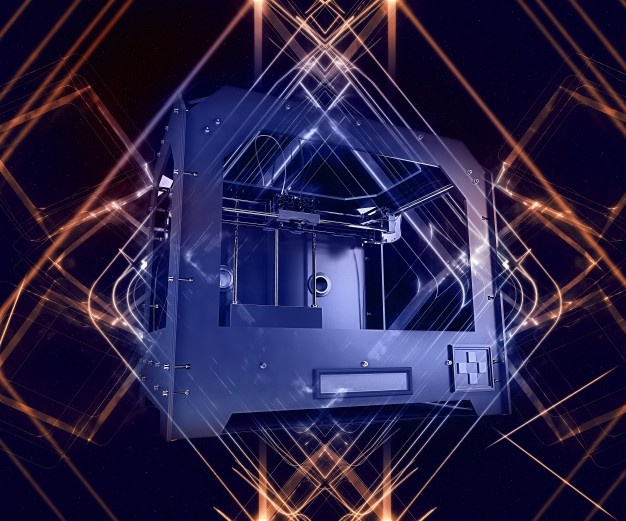3D Printing: A Cautiously Optimistic Revolution in Manufacturing

Amid excitement over 3D printing, there is caution.
According to experts, safety and reliability standards and mandates will need to be developed and implemented for products that can be churned out on a whim. Technical education and training will likely be impacted. Legal issues pertaining to ownership, patent protection, trademarks and copyrights and credentials for individuals using the technology will need to be resolved before 3D printing reaches new levels and new frontiers.
In the U.S. and elsewhere, the 3D printer is enabling a “maker movement,” as an increasing number of people apply the technology to their daily lives.
In the business world, 3D printers are used at dental labs to make custom crowns in less than one hour and at NASA’s Marshall Space Flight Center to fabricate a new type of fuel injector. Future industrial applications include food production and the printing of human bone and tissue.
What’s more, 3D printers are showing up in basements and garages of U.S. households as the do-it-yourself community embraces the powerful tool to make everything from model trains and translucent chess pieces to circuitry and musical instruments.
Three-dimensional printers make products by following instructions from a computer and stacking raw material — plastic, metal or other substance — into layers. Whereas, in conventional design and manufacturing, computer-based models are developed and then adapted to machining.
“Among the many advantages of 3D printing is the capability of the system to print on demand when an object is needed,” said Hod Lipson, co-author (with Melba Kurman) of the book “Fabricated: The New World of 3D Printing,” who recently addressed a special session on advanced manufacturing arranged by the American Society of Mechanical Engineers (ASME).
Many of the consumer 3D printers on the market are “selective deposition” types that squirt, squeeze or spray liquid, paste or powdered raw material through a nozzle. Found today in many homes and schools, the selective deposition models are also a favorite of food-loving enthusiasts, who use the printers to create dough, frosting and other culinary treats.
At its recent 2013 International Mechanical Engineering Congress, ASME brought together the manufacturing community to discuss these issues, and the experts concurred that 3D printing will enjoy a promising future.















